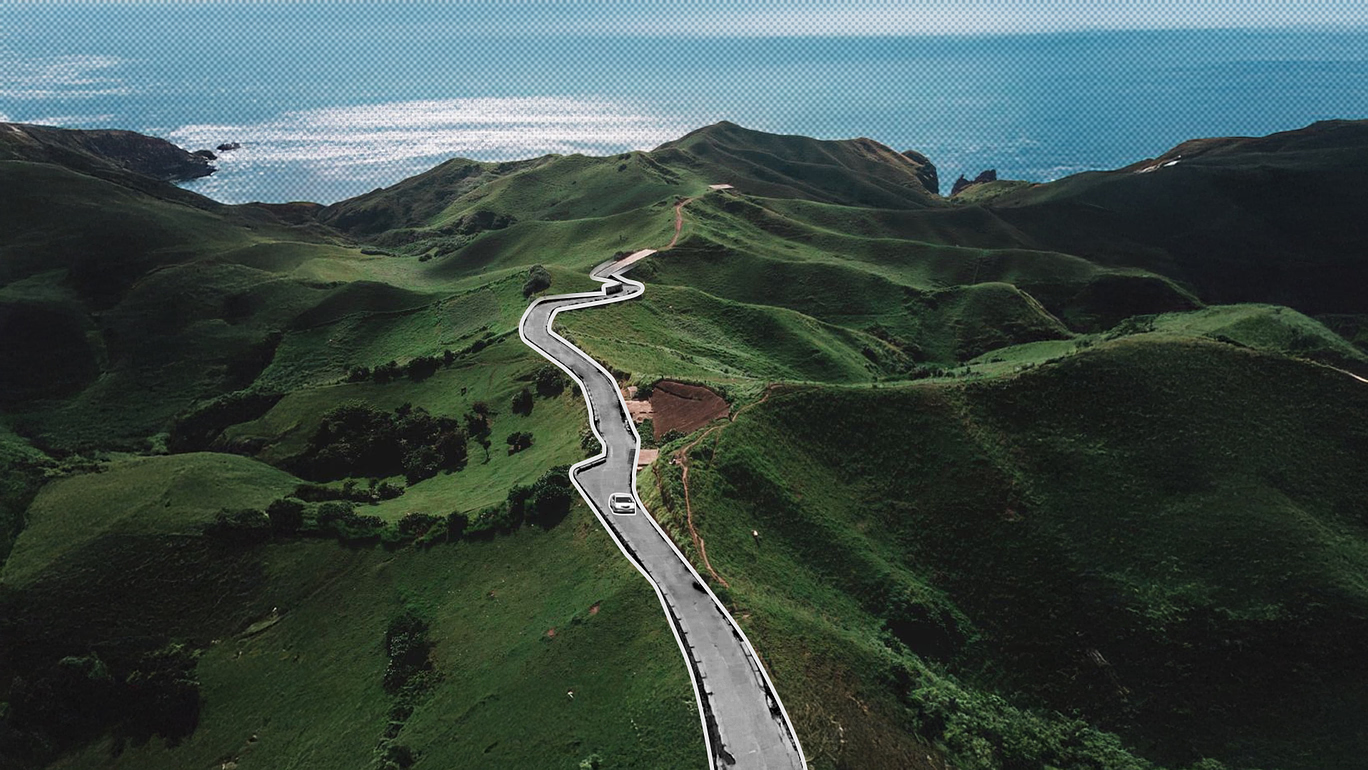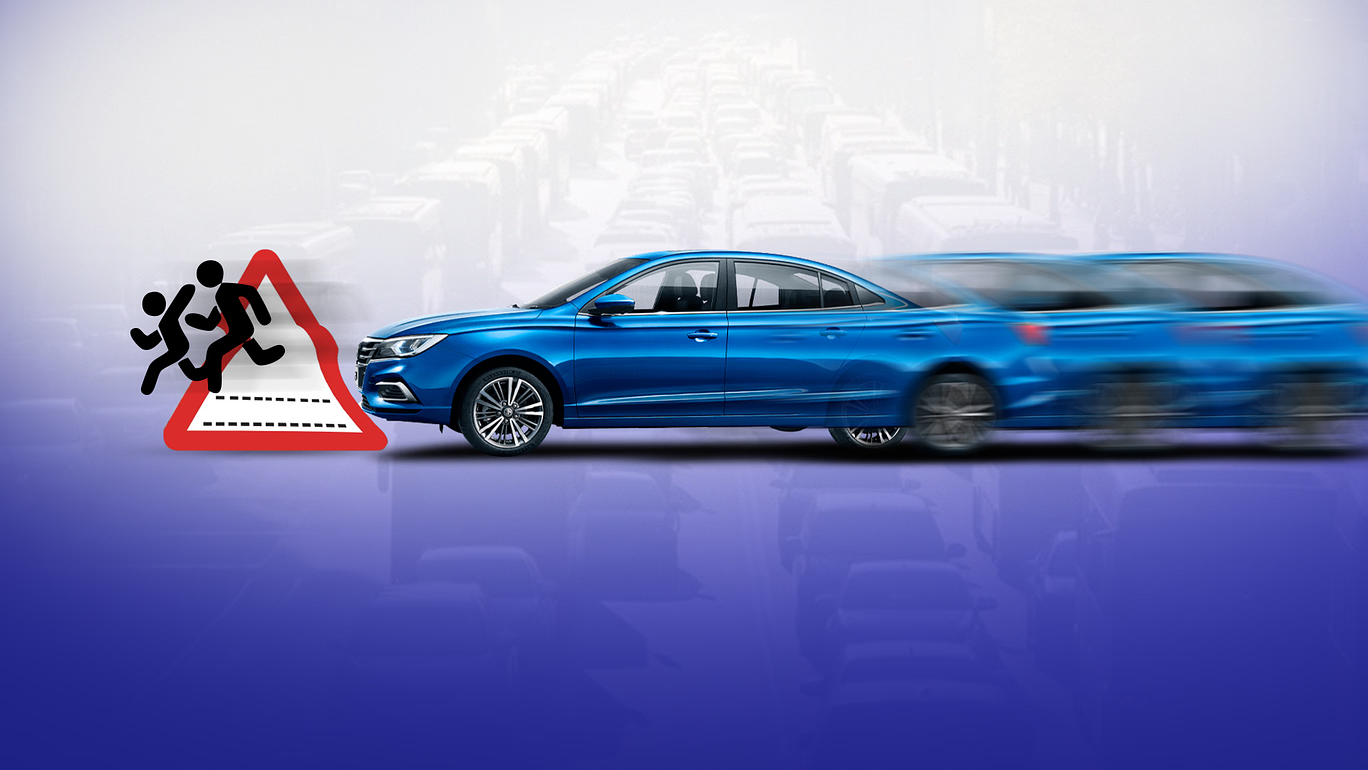Because the journey should protect what you came to see.
1. You see signs reminding you to take nothing but pictures, leave nothing but footprints.
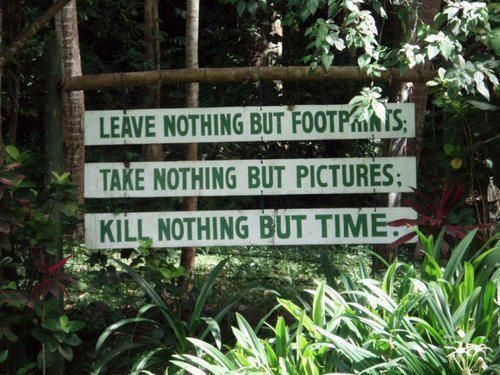
More than a cute quote, this sign should be a mindset. On eco-tourism roads, environmental reminders are placed where they matter: before you even reach the destination. You’ll spot them at jump-off points, waiting sheds, or view decks.
Take the approach road to Mt. Pulag in Benguet. Before you even start the trek, there are signs that remind travelers to avoid littering, bring reusable water bottles, and leave flora and fauna untouched. These roads often have checkpoints with environmental briefings to make sure every traveler understands their impact.
2. There’s a bike lane even in the middle of nowhere.
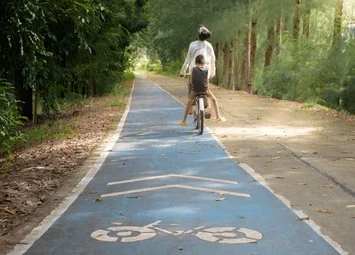
When you’re on a road built with eco-tourism in mind, it’s not just for cars. You’ll see lanes for bikes and even spaces for walking. This encourages slower, more conscious travel that lets you take in your surroundings instead of just rushing through them.
Tagaytay’s People’s Park route now has sections for bikers and walkers to enjoy the ridge view safely. In Siquijor, bike-friendly tourism is also on the rise. The roads are quieter, scenic, and perfect for those who prefer two wheels over four. The goal? Give people better options than cars, and reduce carbon emissions while promoting health and mindfulness.
3. The road curves around forests, not through them.

You’ll know you’re on an eco-tourism road when it feels like the road respects the land. Instead of bulldozing through hills or cutting down trees, the route is carefully planned to preserve what’s already there.
A great example is the Patapat Viaduct in Pagudpud. It avoids dense forest areas and instead follows the coastline. The result? Tourists get stunning views without disturbing habitats. Engineers consulted environmental experts to make sure the road design didn’t compromise the island’s biodiversity. This is also seen in the Masungi Georeserve access paths, which are designed around natural formations instead of forcing concrete through them.
4. Local businesses pop up, not malls or chain restaurants.
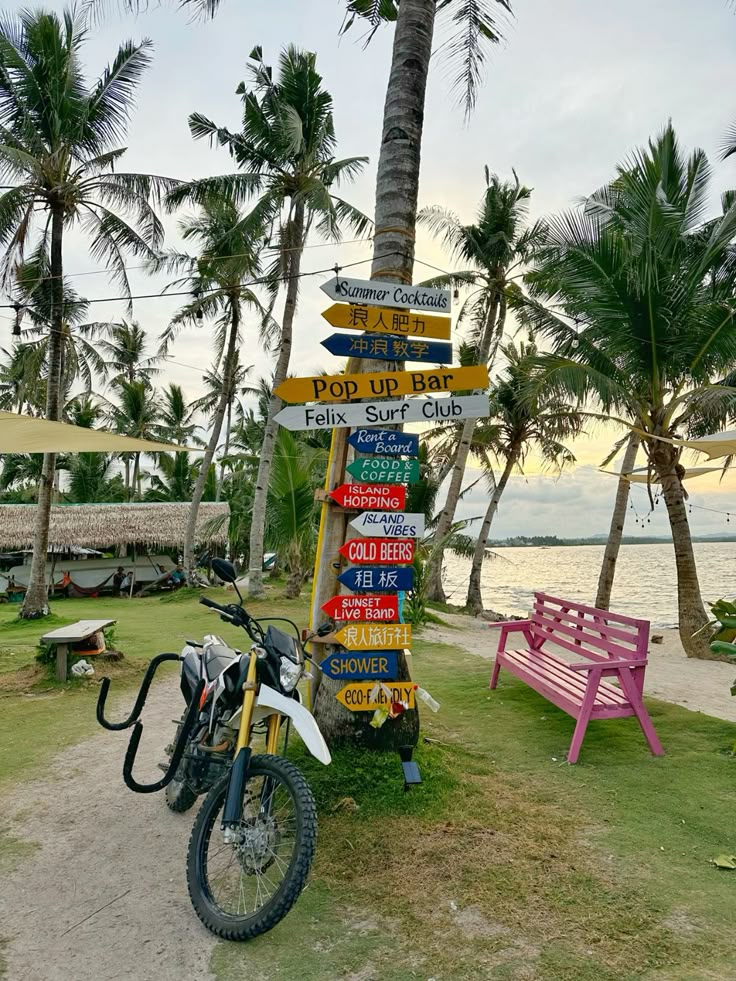
Eco-tourism roads are meant to uplift local communities, not replace them. So instead of fast-food chains or commercial malls, you’ll see homegrown cafés, craft stalls, and tour services run by residents.
Drive up to Sagada, and you’ll notice inns made of wood and stone, local coffee shops serving Arabica beans grown nearby, and souvenir stalls offering woven bags and fresh produce. In Banaue, families open up their homes to travelers, offering native meals and stories about their culture.
When eco-tourism roads are built with locals in mind, tourism becomes a way for them to thrive—not just survive.
5. You pass waiting sheds made of bamboo, with solar lights and rainwater collectors.

Even the side structures along eco-tourism roads are designed sustainably. You might notice that waiting sheds or viewing decks are built using local materials like bamboo, cogon, or repurposed wood. Some even have solar-powered lights, EV charging spots, or rainwater collection systems.
In Southern Leyte, several rest stops and view decks along the mountain roads leading to eco-tourism areas are built this way. These design choices are intentional—they reflect the natural surroundings and reduce the need for electricity and water from the main grid.
It’s sustainable infrastructure that quietly does the job while blending in.
6. You’re guided by locals, not Waze.

When you’re traveling to places like Batad Rice Terraces or Bomod-ok Falls, don’t expect Waze to do all the work. Eco-tourism roads often end where the local community takes over. You’re welcomed by barangay checkpoints, required to register, and guided by residents who know the trails better than any app ever could.
In Sagada, local tourism is community-managed. Only accredited guides can take you to major spots like the caves or waterfalls. This system ensures income stays with the people who live there—and also keeps the number of visitors controlled, which protects the sites from overuse and abuse.
7. The road is still usable after a typhoon.

Eco-tourism roads in the Philippines aren’t just built for sunny weather. Since many natural spots are in disaster-prone areas, these roads are designed to stay passable even after storms or earthquakes. They use slope protection, drainage systems, and climate-resilient engineering to reduce risks of erosion or collapse.
Look at the roads in Eastern Samar or Northern Mindanao that lead to waterfalls, mountain resorts, and coastal eco-parks. They’ve been reinforced to handle frequent typhoons, keeping both locals and tourists safe. And because they’re also used by residents daily, the investment goes beyond tourism—it’s part of community survival.
The road says a lot.
It tells you who the place was built for, who benefits from your visit, and what kind of traveler you’re expected to be. Some roads rush you through. Others slow you down, make you notice, make you care.
Eco-tourism roads do the latter.
They don’t ask for big changes, just better ones. Better planning. Better priorities. Better outcomes for people and places that have long been overlooked.
So when you find yourself on a road that seems to care, take it. It probably leads somewhere worth going.
Disclaimer: Some of the photos used in this article are for illustrative purposes only and may not be directly related to the specific tourist destinations mentioned.
For the latest updates on transport policies, road safety measures, and driving education, connect with DriveSafe PH:
✔ Follow us on Facebook for real-time updates: https://www.facebook.com/drivesafeacademy
✔Be a responsible and safe driver–Enroll in our OTDC: https://main.drivesafe.ph/find-driving-school

